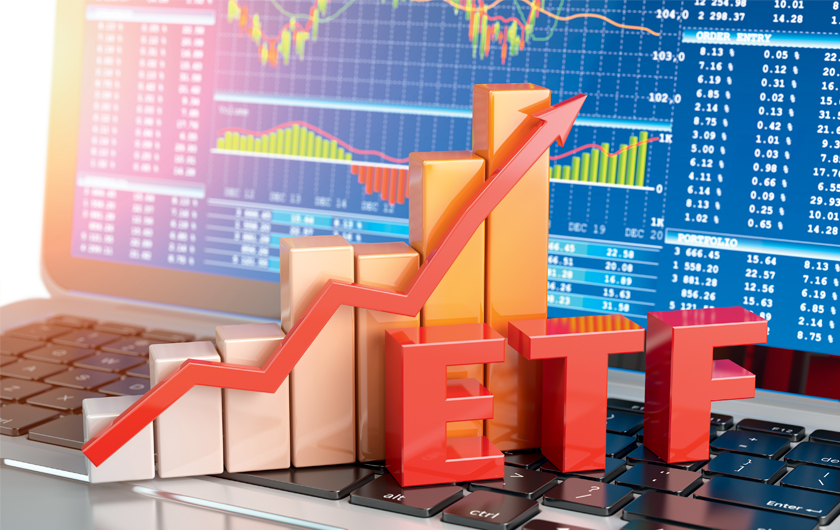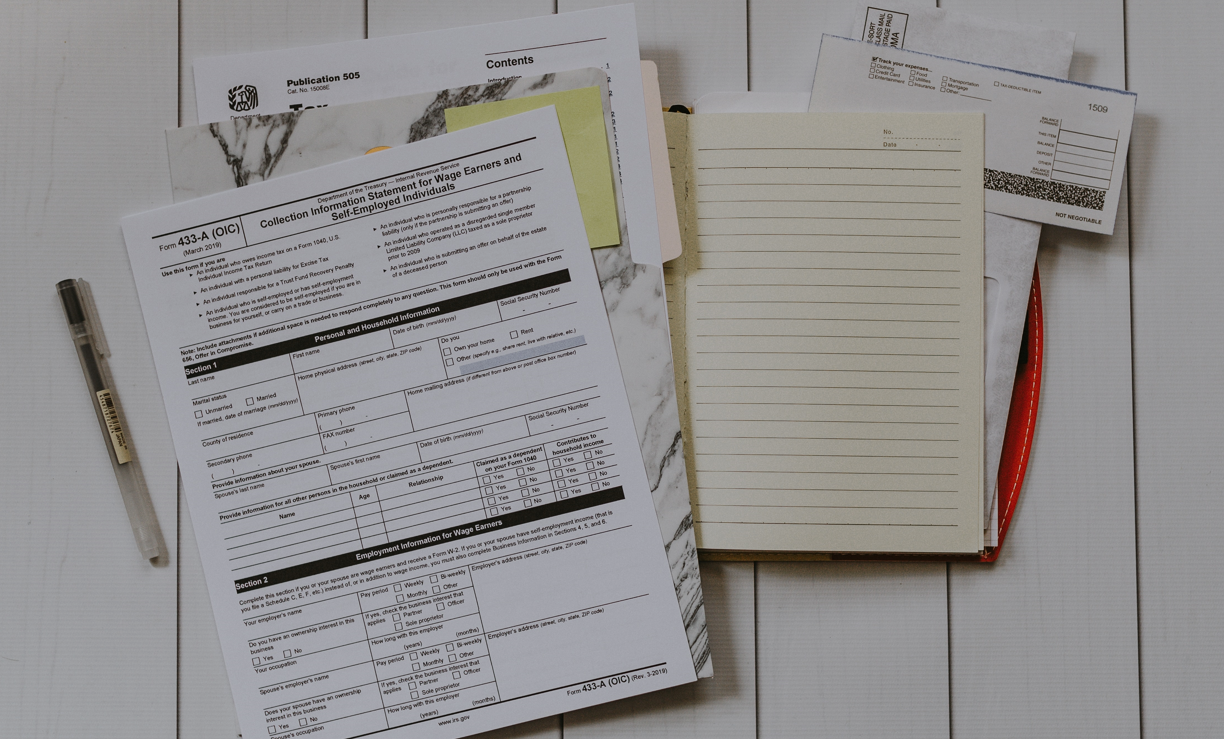ETFs can be great investments, but you could end up paying more tax than you should unless you’re vigilant
Photo: iStock/Bet_Noire.
By Olev Edur
Exchange Traded Funds (ETFs) have become very popular among retirees and other investors in recent years. According to the Canadian ETF Association (CETFA), their total assets had grown to more than $150 billion by January 2018. And with good reason: compared with the management fees that accompany mutual funds, ETF management fees are generally much lower, and ETFs are as easy to buy and sell as ordinary stocks, as opposed to the trading strictures and delays applied to most mutual fund units.
That’s all well and good, but there’s a potential downside when it comes to trust units that are held in non-registered accounts. If you’re not diligent, you could end up paying tax twice on some of your ETFs’ gains as a result of what are called “phantom distributions.” The same problem can also apply to other types of trusts (ETFs are structured as trusts), such as Real Estate Investment Trusts (REITs), closed-end funds, or split shares.
The end result could be unnecessary tax payments amounting to hundreds or even thousands of dollars down the road, depending on the trust, how many units you own, and how long you’ve owned them.
The Risk of Double Taxation
Phantom distributions are non-cash distributions made by all trusts in order to transfer tax liability from the trust to unitholders, explains Lea Hill, president of ACB Tracking and former closed-end fund analyst with a leading Canadian investment house for 38 years. On retiring from that job, he established ACB as a means of tracking these distributions so that investors and/or dealers can use the service to avoid double taxation of their own or their clients’ profits.
“When a trust—any trust, including ETFs—earns capital gains, it may choose to pay the gain out to unitholders, but if it does, it’s actually shrinking the size of the fund,” Hill says. “For example, take a unit with net asset value (NAV) of $10 that generates a $1 capital gain. This gain is taxable inside the trust unless it’s paid out to unitholders. When it’s paid out (in the form of a 10 per cent stock dividend), you get $1 in capital gains, but the trust’s NAV drops to $9.”
In a tax strategy that may seem rather arcane to the average investor but is common practice within the trust industry, a non-cash phantom distribution’s impact on your unit is “consolidated,” in the process of which, the effects of the distribution may seem to disappear. “The 10 per cent stock dividend results in you now owning 1.1 units rather than one unit, but fractional shares can’t be traded on the stock exchange,” Lea says; to remedy this problem, the consolidation serves to render the 1.1 units back into a single unit.
“You now own one share again, and you’ve gotten a T3 for that $1 capital gain on which you must pay tax, but you didn’t actually receive any cash,” Lea says. “Now, say you bought the unit for $5 and eventually you sell it for $15. That $1 distribution will have increased your Adjusted Cost Base (ACB) because in effect you’ve already prepaid the capital gains tax on that $1, so instead of a capital gain of $10 when you sell, your gain is really only $9. But the problem is that many dealers don’t pick up on these phantom distributions, so their book value may not be accurate, and when you sell the unit down the road you pay tax on that $1 again.”
Lea adds that such distributions are made fairly often, with some trusts issuing them every year, so if you’ve owned the unit(s) for a long time, the effects will be cumulative. “I own some units that I’ve held for 12 years, and during that time I’ve paid tax on eight or nine phantom distributions,” he says. “As a result [of not taking the distributions into account], the book value is too low by about $5,000.
“In 2017, there were more than 300 phantom distributions by trusts in Canada, and in 2018, it looked like an equal amount,” Lea says. (At press time, ACB Tracking was still collating the data for 2018.) “In 2019, they are continuing to accumulate. Unless you pick up on these distributions and adjust your cost base accordingly, you’re going to pay tax on them a second time when you sell the units.”
Keeping Track of Distributions
So, how do you go about picking up on these distributions? You have to examine all your transaction records over the history of your ownership of the trust, determine which of the distributions you received are of the phantom type, and then calculate the correct ACB and the resulting tax consequences. You can also consult the ETF’s website. It can be a painstaking chore, especially if you’ve owned the units for a long time.
And that’s why Lea created ACB Tracking. He established the Mississauga, ON-based firm, in 2007 to track phantom distributions and calculate the correct ACB. Over the years, the company has compiled an online database (at acbtracking.ca) of all phantom distributions made by ETFs, as well as by income trusts, closed-end funds, and split shares since they began trading in the 1990s. According to Lea, the database now comprises more than 80,000 lines of data. If you’re planning to sell some or all of your units, you can access the database and plug in your particulars—name and number of units, original cost and selling price—and the system will calculate the proper ACB figures automatically and then provide you with a detailed report.
Of course, there’s a cost, although it could be relatively minor compared to the potential savings. ACB Tracking sells calculations in bundles ranging from 10 for $85 up to 500 for $1,495. The bigger bundles are directed at dealers who want to reconcile numerous clients’ accounts, Lea says, whereas the smaller ones are more appropriate for individual investors. The bundles have no expiry date, so you can use them well into the future.
Each trust unit sale you make requires a separate calculation, since it can involve different numbers of units, selling prices, etc.. “If you have some units and sell some of them now, that’s one calculation, and if you sell more of the same units down the road, that’s another calculation, because the numbers will be different,” Lea explains.
Of course, if you’ve owned the units for only a short while, then the calculations may not be too difficult to do on your own. And it may be that your dealer has been taking phantom distributions into account all along. But whether you do the calculations yourself, have them done by your broker, or buy them from ACB Tracking, it’s important that you be aware of these phantom distributions and how they can affect your wallet. After all, there’s never any point in opening your wallet to send Ottawa tax money that you’ve already paid.





